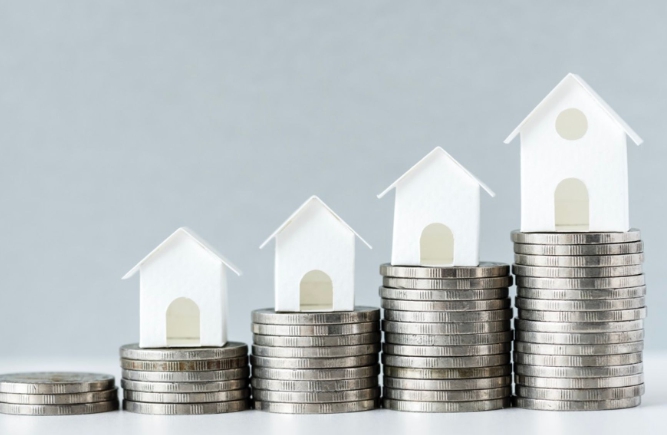Hello everyone! If you’re considering investing in real estate overseas, particularly in Australia, you’ve come to the right place. Today, I want to share some essential insights into the costs associated with purchasing property in Australia, using the example of an investor from Korea. Let’s dive in!

A Case Study: Investor A
Investor A has 1 billion KRW in cash (approximately 1 million AUD for convenience) and is looking to transfer this money from Korea to invest in Australian real estate. We’ll explore the steps involved in transferring this amount and the associated costs of purchasing property in Australia.
1. FIRB Costs
When a foreign investor acquires property in Australia, they must apply for approval from the Foreign Investment Review Board (FIRB) before proceeding with the purchase. The application fee for residential properties, such as apartments or houses, is currently around $13,200 AUD for properties valued at 1 million AUD. It’s essential to ensure this approval is obtained, as proceeding without it can lead to complications.
2. Stamp Duty on Property Purchases
When purchasing property in Australia, you will incur stamp duty, a significant tax. For example, if Investor A buys a property valued at 1 million AUD, they can expect to pay approximately $40,000 AUD in stamp duty. Each state in Australia has its own rules regarding this tax, and it’s wise to calculate this expense beforehand.
3. Legal Fees
Legal fees are another consideration when purchasing real estate. Typically, these fees can range from 1% to 2% of the purchase price. It’s a good idea to consult with a lawyer who specializes in real estate to understand the exact costs involved and ensure all legal aspects of the transaction are handled correctly.
4. Buyer’s Agent Fees
A buyer’s agent can be extremely helpful for foreign investors. They assist in researching properties and handling the negotiation process on your behalf. The fees for buyer’s agents usually range from 1.5% to 3.5% of the property’s value. Engaging a buyer’s agent can simplify the process and ensure you find the best investment opportunities.
5. Additional Costs for Foreign Buyers
Foreign investors should be aware that even after receiving FIRB approval, there are specific properties they are restricted from purchasing. For instance, established apartments are often off-limits unless they have been sold previously for owner-occupier purposes. Consequently, most foreign buyers lean toward purchasing newly constructed properties, often referred to as “off-the-plan” developments.
Additionally, foreign buyers are subject to an 8% surcharge on property purchases. This means that, when acquiring a residential property valued at 1 million AUD, an additional $80,000 AUD will be required on top of other fees, such as stamp duty.
In summary, understanding the costs involved in investing in Australian real estate is crucial for a successful venture. From FIRB application fees to stamp duty and buyer’s agent fees, being aware of these expenses can help you plan effectively. In future articles, we will explore the process of property research and contract negotiation in Australia. If you have any questions or need further clarification, feel free to ask!